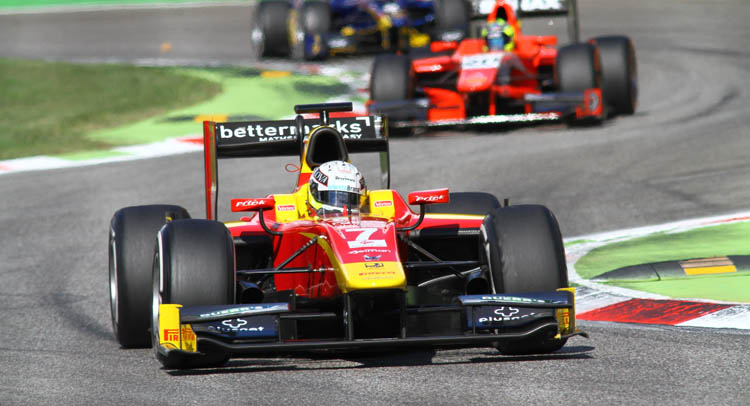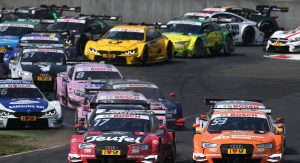If you want to drive in Formula One, you’re going to need a Superlicense. The FIA grants them to up-and-coming racing drivers based on a series of criteria, and now it’s added another: safe driving.
The FIA instituted new regulations related to the Superlicense just last year, after Max Verstappen made his way into F1 at just 17 years old, with just one season of Formula 3 racing under his belt.
Under the new regulations, not only does the driver have to be at least 18 years old and hold both a “civilian” driver’s license and a Grade A competition license, but also needs to have accumulated at least 40 points across three seasons in any of a number of other relevant racing series.
The list includes single-seater championships like Formula 3 and GP2, but also touring-car series like DTM and the WTCC, as well as the LMP1 class of the FIA World Endurance Championship (of which Le Mans is part). The FIA recently added the IndyCar Series to the list, and has now added Formula E and Australia’s V8 Supercars series as well, along with another criteria.
Drivers who make it through a full season in a qualifying series without being given any penalty points will be awarded two additional points towards earning their Superlicense. That wouldn’t be enough to put any driver over the top in one season, but could make the difference to a competitor piecing their qualifications together over the course of his or her career.
So a driver who, for example, won the GP3 title one season (for 30 points), then stepped up to GP2, finishing no better than sixth place (for 8 points) but wasn’t penalized for any safety infractions would then qualify for a Superlicense to compete in F1 the following season.
Of course it also has the benefit of promoting safe driving, which, alongside governing motor racing around the world, is one of the FIA’s primary objectives.









